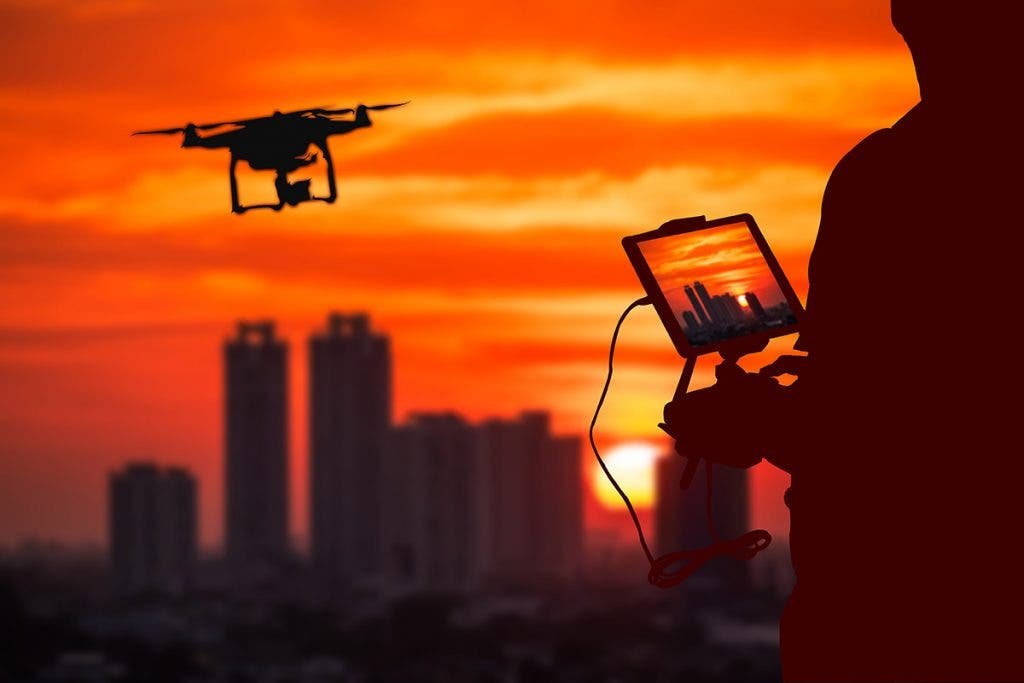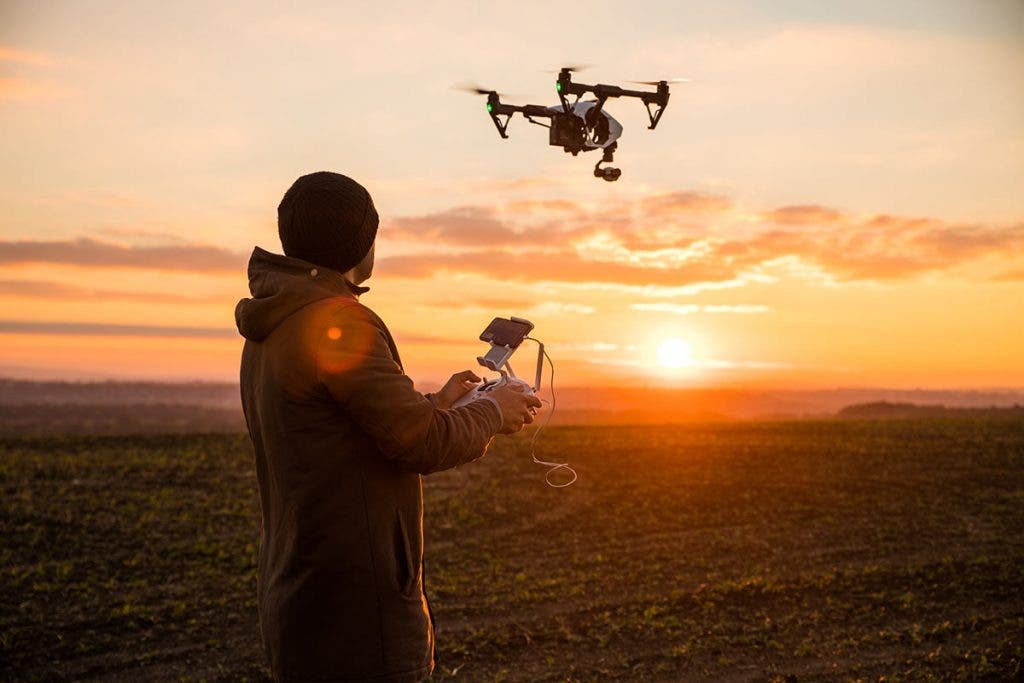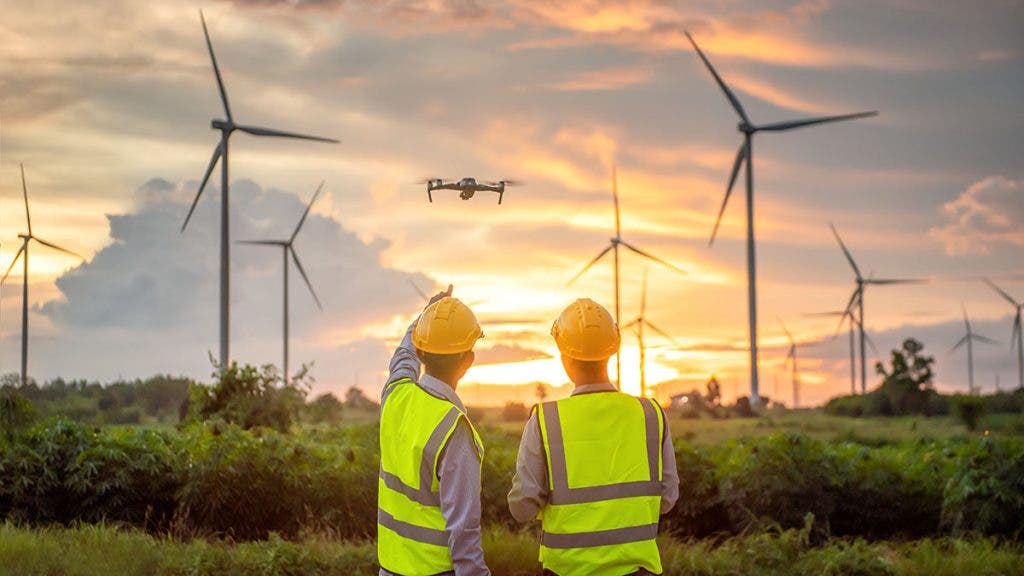The sound — that buzzing — over your head is instantly recognizable these days—a drone being flown by a photographer or as part of a first response rescue mission. Just like civilians have been getting their hands on fancy drones, so have agencies. From police departments and fire and rescue departments to the Department of Defense, agencies nationwide are adding this gadget to their arsenal.
Safety issues concern many as drone makers nor the government doesn’t keep detailed crash drone data. There’s no mandated safety testing or criteria beyond the FAA’s broad airworthiness certification (although quickly changing).
Safety is one of the primary issues that remains a hot topic in the drone industry. In addition to safety, security has quickly risen to the top as tensions rise between international governments. Concerns over data safety — specifically around products manufactured in China — are paramount for agencies in the U.S.
Drones have been subject to U.S. government restrictions, including purchasing components from manufacturers. Additionally, certain products have grown in popularity with police departments, public safety, and government operators.


What is the Blue sUAS List?
In August 2020, the U.S Department of Defense published the Blue sUAS list of approved drone suppliers to ease security concerns and help government agencies buy federally approved drones. Finally, four American companies and one French were among the approved.
Analysts estimate that DJI drone products control at least 90% of the North American drone market. As security concerns grew in 2020 over the Chinese-manufactured drones, the U.S. government moved to effectively restrict what small Unmanned Aircraft Systems (sUAS) its federal agencies could purchase in August 2020. The list excluded the world’s largest manufacturer, DJI. The approved Blue sUAS list includes:
- Skydio’s X2-D
- Parrot’s Anafi USA
- Altavian’s M440 Ion
- Teal Drones’ Golden Eagle
- Vantage Robotics’ Vesper
While all five of these companies were already selling to the federal government in some capacity, this exclusivity pushes efforts to grow the private U.S. drone industry. For the following 365 days, government agencies noted that the original five did not fit their needs. In some cases, pricing would exceed current budgets, sometimes up to 14 times more expensive than other drones.


What is the Blue sUAS 2.0 List?
In October 2021, the Department of Defense (DoD) expanded the Blue sUAS 2.0 list to 11 vendors under a pilot project. The list provides more compliant sUAS aircraft for government agencies to choose from and improves protocols to approve future drone technology.
Established as a partnership between the Office of the Under Secretary of Defense for Acquisition and Sustainment, the Defense Innovation Unit, and the U.S. Army Corps of Engineers, this project places importance on growing the number of drone vendors in this pilot program. In turn, this would open up the number of drone manufacturers available to government agencies.
The list is expected to expand as U.S.-manufactured drone technology grows and new policy-compliant commercial UAS emerge, in time adding more cost-effective options to the 2.0 list. As a government agency using federal dollars to equip your team, this is the list of offerings you’ll be using.
The new vendors include:
- Ascent AeroSystems
- BlueHalo LLC
- Easy Aerial Inc.
- FlightWave Aerospace Systems Corporation
- Freefly Systems East
- Harris Aerial
- Inspired Flight Technologies Inc.
- SenseFly Inc.
- Skydio, Inc.
- Vision Aerial
- Wingtra AG
How States Are Deploying Their Own Initiatives
Given that the Blue sUAS 2.0 list dictates which drones may be purchased using federal funds, states have begun to implement their own drone purchasing protocols. Take the state of Florida, for example. The Sunshine State has announced its own set of regulations which closely follow the federally-set Blue sUAS list.
Via its Department of Management Services (DMS), the state of Florida has noted that its agency will purchase or acquire only drones from the approved manufacturers list. Its available vendors include Skydio, Parrot, Altavia, Teal Drones, and Vantage Robotics (the same vendors on the DoD’s original Blue sUAS 1.0 list). The state purchasing regulations also note that effective July 1, 2022, any state agency that is using a non-approved drone (as in a drone not manufactured by one of the listed five companies) will need to develop a plan for the drone’s discontinuation. Beginning in 2023, the state will no longer utilize any drones not on its approved list.


What Does This Mean for You?
There are over half a million recreational drones registered with the Federal Aviation Administration (FAA) as of December 2021. Retailers, including Adorama, provide drones to consumers, enterprises, and governments, including some of the sUAS list units from FLIR and Freefly.
However, consumers aren’t required to buy from the approved Blue sUAS 2.0 list. This list only restricts government agencies. The FAA released its Remote ID ruling for drones last February. It requires that drones weighing 250 grams and above, or sub 250-gram drones being used for commercial purposes maintain an internet connection to broadcast their location as they fly and make the airspace safer. Additionally, it will allow night operations and restrict usage per drone category. The new regulation will go into effect in 2023.
Shifting regulations with sUAS
Drone technology is still in its infancy; however, moving quite rapidly in the innovation space. Political tension between the U.S. and international manufacturers may affect that rapid progress.
While the list doesn’t restrict consumers, the U.S. market may shift toward the safety and security of the sUAS vendors listed in the approved list. The move to support contracts from an expanding list of federally approved vendors, currently at 11, may help the U.S. innovate further in this space.
Browse our list of domestically approved drones here, or look through the products below.



